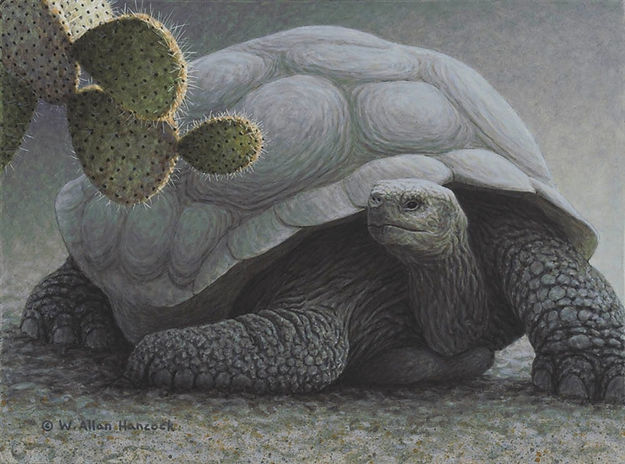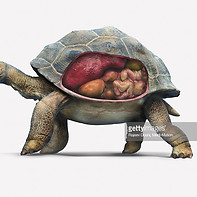
DIGESTION
What is Digestion?
Acquisition & Utilization of nutrients
The Galapagos Tortoises are herbivores. Their diet consists of cacti, grasses, leaves, lichens, berries, melons, oranges, and milkweed. (Daggett) They have a very efficient digestion system, such as mammals like horses and rhinos. Young tortoises eat more than 15% of their body mass. (Haines) They can last one year without food and water. The reason they can last so long without food and water is because they get most of the water they need from dew and sap in their vegetation. They also survive through breaking down body fat to produce water. They have very slow metabolism. (Porter) Because of their slow metabolism they don't digest food very well either as their feces aren't spread out and are mostly just one giant piece. (Metcalfe) They store water in their bladders, which is at the root of their necks. Their speed of digestion is also closely related to outside temperature. Higher the temperature leads to faster digestion. (Galapagos Tortoise) Also there are theories that the combination of their eating restrictions, and their calm lifestyle has allowed them to live over 100s of years.
In rare cases they eat birds, but that is when; the tortoise rises above a ground and a bird goes under it. The turtle will drop and then move back and eat the bird.
Process of Digestion:
1. The food enters through the mouth
2. The food goes through the esophagus and into the stomach. When there acids and enzymes work together to decompose the food.
3. From the stomach to the largest organ in the turtle's anatomy, their liver. Once in the liver it works with the gall bladder o produce bile and then transport the digested food into the small intestine.
4. When transported to small intestine, the small intestine will absorb the decomposed food and then the large intestine will absorb the extra waste that the small intestine was unable to absorb.
5. In the final step, all the waste will exit the anus from the large intestine. (Galapagos Tortoise)






